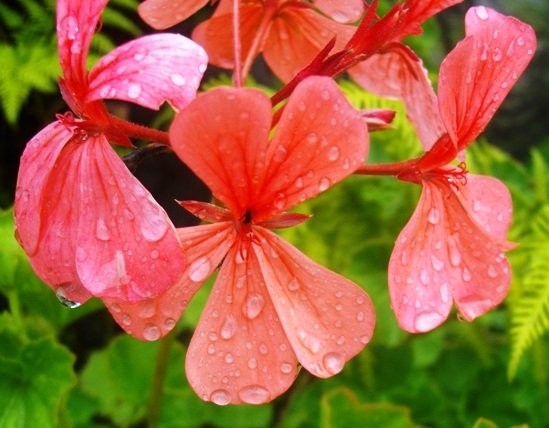Pelargonium salmoneum

Author: Ivan Lätti
Photographer: Ivan Lätti
Pelargonium salmoneum is a rounded, evergreen shrublet reaching heights from 40 cm to 80 cm. The young cylindrical, branching stems are soft, becoming up to 5 mm in diameter, hardening and leafless with age.
The salmon coloured flowers are the dominant feature of this plant, reflected in the specific name. The large soft flowers appearing in umbel-shaped clusters can be seen for much of the year, predominantly from early winter to early summer. The five round-tipped petals are unmarked, the lower three slightly bigger than the upper pair. The fragrant flowers attract bees, butterflies and birds.
The distribution of the species is uncertain, presumably a small area of either the Western Cape or the Eastern Cape. It was thought to originate from Van Stadens River near Gqeberha, but confirmation is lacking.
The habitat and status of the plants population in nature are undetermined due to lack of data.
The plant thrives in full or partial sunlight with moderate watering. Sandy and well-drained soils are suitable (iNaturalist; www.greenplanet.co.za; www.plants.newplant.co.za; http://pza.sanbi.org; http://redlist.sanbi.org).

